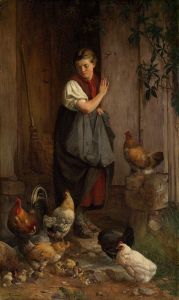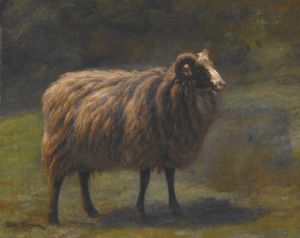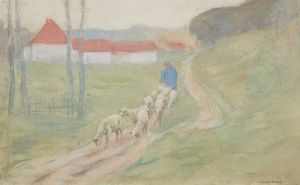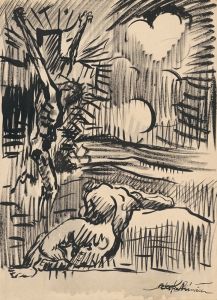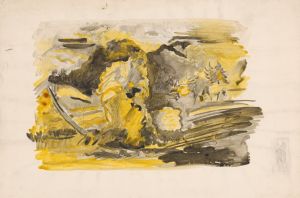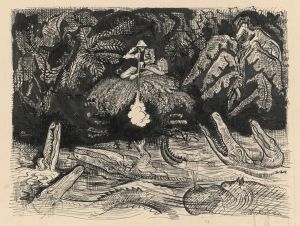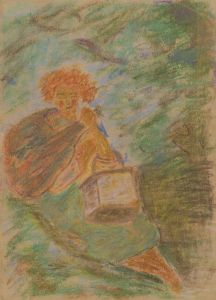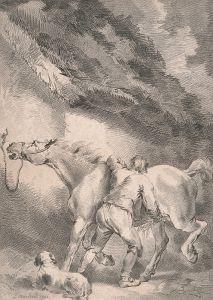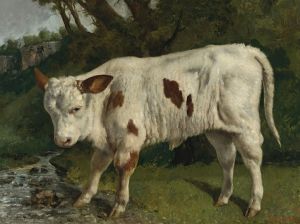
In the Stables
A hand-painted replica of Arnold Peter Weisz-Kubínčan’s masterpiece In the Stables, meticulously crafted by professional artists to capture the true essence of the original. Each piece is created with museum-quality canvas and rare mineral pigments, carefully painted by experienced artists with delicate brushstrokes and rich, layered colors to perfectly recreate the texture of the original artwork. Unlike machine-printed reproductions, this hand-painted version brings the painting to life, infused with the artist’s emotions and skill in every stroke. Whether for personal collection or home decoration, it instantly elevates the artistic atmosphere of any space.
Arnold Peter Weisz-Kubínčan was a Slovak painter known for his contributions to modern art in the early 20th century. One of his notable works is "In the Stables," which exemplifies his unique style and thematic focus. Weisz-Kubínčan was born on February 3, 1898, in Dolný Kubín, Slovakia, and his artistic career was significantly influenced by the socio-political changes in Europe during his lifetime.
"In the Stables" is a painting that captures a moment of everyday life, reflecting the artist's interest in rural and pastoral themes. The painting depicts the interior of a stable, with horses and possibly stable workers engaged in their daily routines. Weisz-Kubínčan's use of color and light in this work is particularly noteworthy, as it brings a sense of warmth and realism to the scene. The composition is carefully balanced, with attention to detail that highlights the textures of the stable environment, from the wooden beams to the straw on the ground.
Weisz-Kubínčan's style is often characterized by a blend of realism and expressionism, and "In the Stables" is no exception. The painting conveys a sense of movement and life, capturing the dynamic atmosphere of the stable. The artist's brushwork is both precise and expressive, allowing him to convey the physicality of the horses and the rustic charm of the setting.
Throughout his career, Weisz-Kubínčan was influenced by various art movements, including Impressionism and Fauvism, which can be seen in his use of vibrant colors and bold compositions. However, he developed a distinctive style that set him apart from his contemporaries. His works often explore themes of nature, rural life, and the human condition, reflecting his deep connection to his Slovak heritage.
"In the Stables" is a testament to Weisz-Kubínčan's ability to capture the essence of his subjects with both sensitivity and vigor. The painting not only showcases his technical skill but also his ability to convey emotion and narrative through his art. It stands as an important piece within his body of work, illustrating his contribution to the development of modern Slovak art.
Arnold Peter Weisz-Kubínčan's life and career were tragically cut short during World War II. He was arrested by the Gestapo in 1944 and later died in a concentration camp in 1945. Despite his untimely death, his legacy lives on through his paintings, which continue to be celebrated for their artistic merit and historical significance.
"In the Stables" remains an important work that offers insight into Weisz-Kubínčan's artistic vision and the cultural context of his time. It is a valuable piece for understanding the evolution of modern art in Slovakia and the broader European art scene of the early 20th century.





